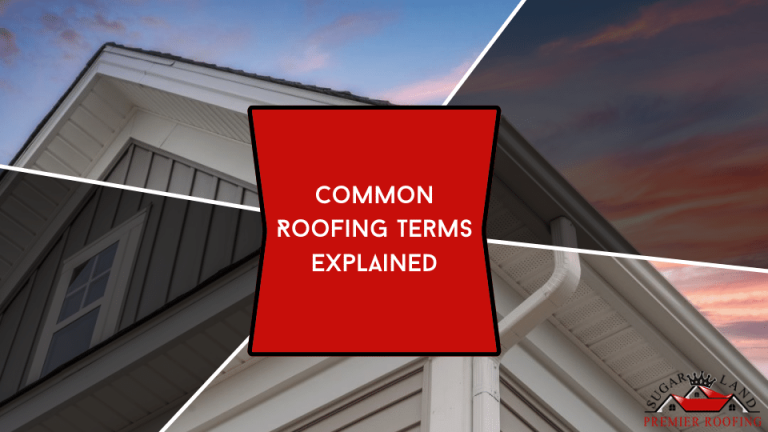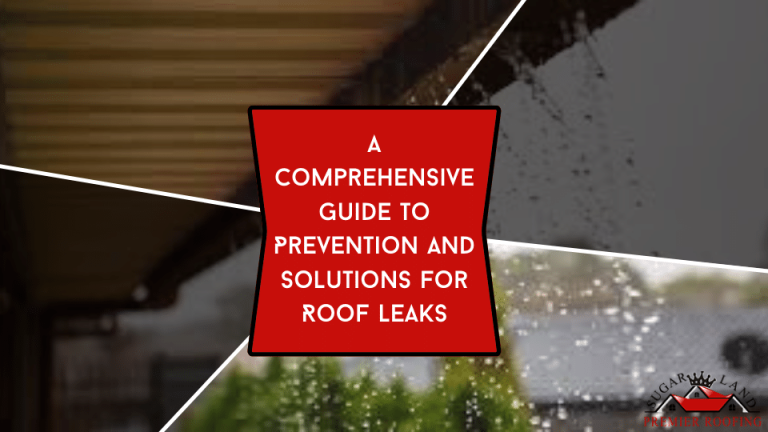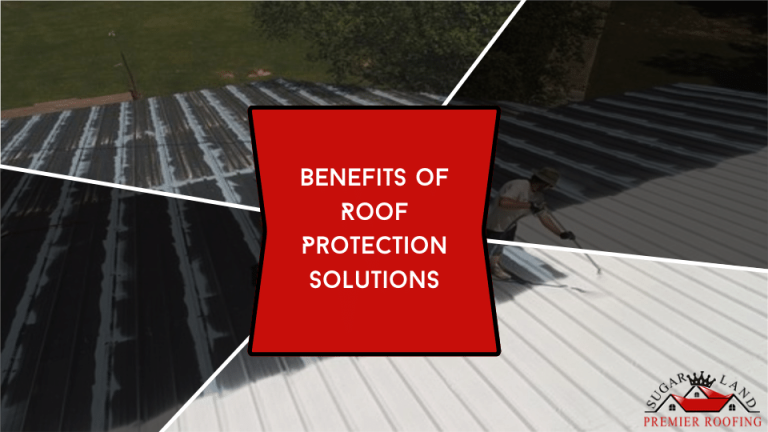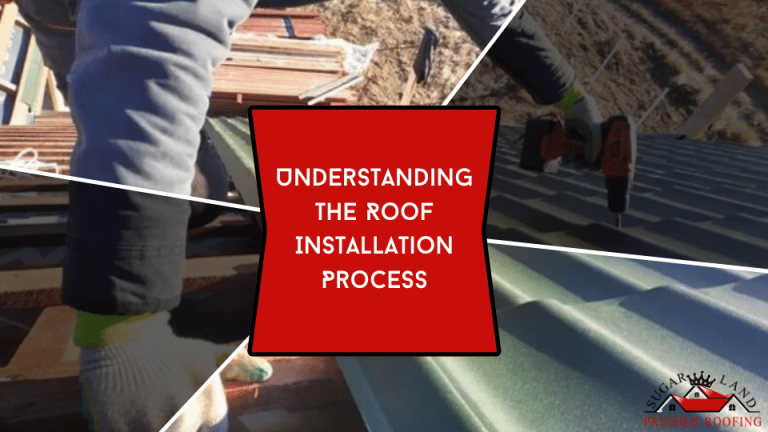Common Roofing Terms Explained by Sugar Land Premier Roofing. Roofing can be a complex and technical subject, filled with jargon and terminology that may seem unfamiliar to the average homeowner. However, understanding common roofing terms is essential for homeowners to communicate effectively with roofing contractors, make informed decisions about roof repairs or replacements, and ensure the proper maintenance and functionality of their roofing system. In this comprehensive guide, we’ll demystify common roofing terms and explain their meanings in simple, layperson-friendly language to empower homeowners with the knowledge they need to navigate roofing projects with confidence.

Common Roofing Terms Explained
Asphalt Shingles
Asphalt shingles are the most common type of roofing material used in residential construction. They are composed of a fiberglass or organic mat coated with asphalt and granules. Asphalt shingles come in various styles, colors, and textures and provide durable and cost-effective protection for homes against the elements.
Flashing
Flashing is a thin, waterproof material installed at vulnerable areas of the roof, such as valleys, chimneys, vents, and skylights, to prevent water infiltration and redirect water away from these areas. Flashing is typically made of metal, such as aluminum or galvanized steel, and is essential for maintaining the integrity and waterproofing of the roof.
Ridge Vent
A ridge vent is a ventilation system installed along the peak or ridge of the roof to allow hot air and moisture to escape from the attic space. Ridge vents promote air circulation, reduce heat buildup, and prevent moisture buildup, helping to prolong the lifespan of the roof and prevent issues such as mold, mildew, and ice dams.
Underlayment
Underlayment is a waterproof membrane installed directly onto the roof deck before the roofing materials to provide an additional layer of protection against water infiltration. Common types of underlayment include asphalt-saturated felt paper, synthetic underlayment, and self-adhering membranes. Underlayment is essential for preventing leaks and protecting the roof deck and interior of the home from water damage.
Pitch
Pitch refers to the steepness or angle of the roof slope and is typically expressed as a ratio of rise over run. For example, a roof with a pitch of 4:12 means that for every 12 inches of horizontal run, the roof rises 4 inches vertically. Roof pitch plays a critical role in water drainage, snow shedding, and overall aesthetics of the roof.
Fascia
Fascia is the vertical board that covers the ends of the rafters and provides a finished appearance for the eaves of the roof. Fascia serves as a mounting surface for gutters, protects the roof edge from water damage, and enhances the architectural style of the home.
Soffit
Soffit is the underside of the eaves or overhangs of the roof, extending from the fascia to the exterior wall of the home. Soffit provides ventilation for the attic space, allows fresh air to enter, and prevents moisture buildup and heat retention in the attic. Soffit vents are installed in the soffit to facilitate airflow and improve attic ventilation.
Gutters and Downspouts
Gutters and downspouts are drainage systems installed along the edges of the roof to collect rainwater and direct it away from the home’s foundation. Gutters channel water into downspouts, which carry it safely away from the home to prevent water infiltration, soil erosion, and foundation damage.
Ice Dam
An ice dam is a ridge of ice that forms along the eaves of the roof, preventing melting snow from draining off the roof. Ice dams can cause water backup, leaks, and damage to the roof and interior of the home. Proper insulation, ventilation, and maintenance are essential for preventing ice dams and protecting the integrity of the roof.
Ventilation
Roof ventilation refers to the movement of air in and out of the attic space to regulate temperature, humidity, and moisture levels. Proper ventilation helps prevent condensation, moisture buildup, and heat buildup in the attic, reducing the risk of mold, mildew, and structural damage to the roof and home.
Conclusion
Understanding common roofing terms is essential for homeowners to communicate effectively with roofing professionals, make informed decisions about roof repairs or replacements, and ensure the proper maintenance and functionality of their roofing system. By familiarizing themselves with these terms and their meanings, homeowners can navigate roofing projects with confidence, protect their investment in their home, and maintain a safe, durable, and functional roofing system for years to come. Whether you’re planning a roof repair, replacement, or routine maintenance, knowing these common roofing terms will empower you to take charge of your roofing project and make informed decisions that benefit your home and family.
For more information, contact Sugar Land Premier Roofing at 832-639-1299. We service areas in Sugar Land, Katy, Houston, and, Needville, TX.





